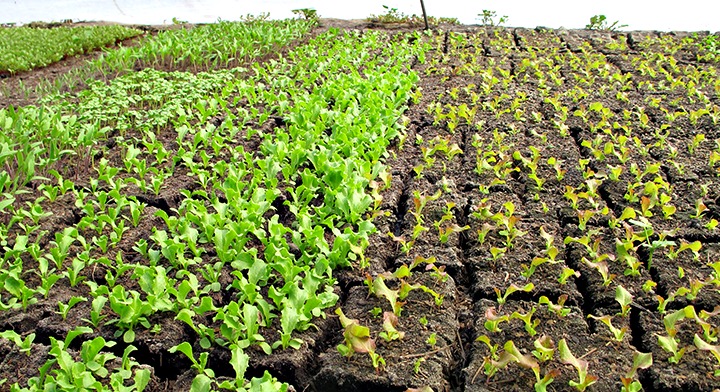From the report «The Chinampa Continues On», of Camille Bond, published at Thomas daily bite.
By the early 1500s, the Aztec empire had accumulated to 5-6 million people and developed sophisticated agricultural techniques. Among these techniques was the chinampa, floating farmlands constructed from layers of lakebed mud and decaying plant matter.

The chinampa was critical to sustaining the growing empire, but also the plant life on the chinampas helped to filter the lake water and enrich it with oxygen, and the floating farms also created a habitat for various animal species.
Chinampas still exist in Mexico today and have also been implemented in U.S. waters for phytoremediation purposes.
Baltimore’s Chesapeake Bay and Brooklyn’s Gowanus Canal — one of the U.S.’s most polluted bodies of water — hosts nowdays floating wetlands that are helping remediate water pollution and create a home for native crab, fish, mussels, birds, and eels.
